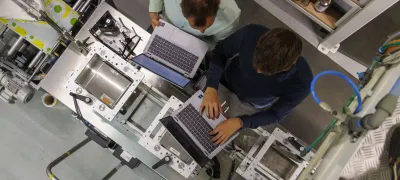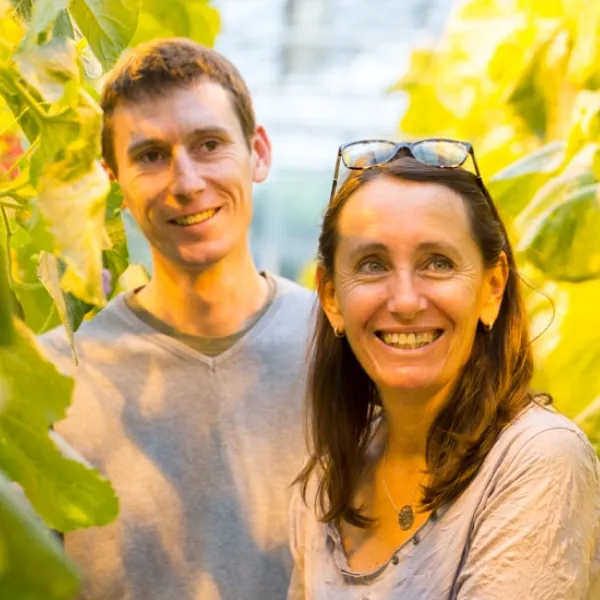
Technological innovation speeds up breeding
Breeding is a continuous search for the ideal variety. With the assistance of new technologies we can accelerate the process. Digital phenotyping is an example.
Shorten the development time
In breeding, you cross different varieties and select the variety with the desired traits. This requires knowledge of biology, genetics and technology. New technologies help to accelerate the breeding process. Do you want to know more about technology-driven horticulture? Read the story below and visit the Rijk Zwaan Technology page.

Peter – IT Specialist
“In digital phenotyping, the computer assesses the observable traits of the plant - the phenotype - based on photo images. This can tell us quickly and clearly which melon has the desired trait. The biggest challenge? Ensuring that the computer assesses each photo in the same way. Different lighting when the photo was being taken or even some soil on the rind must not make a difference."
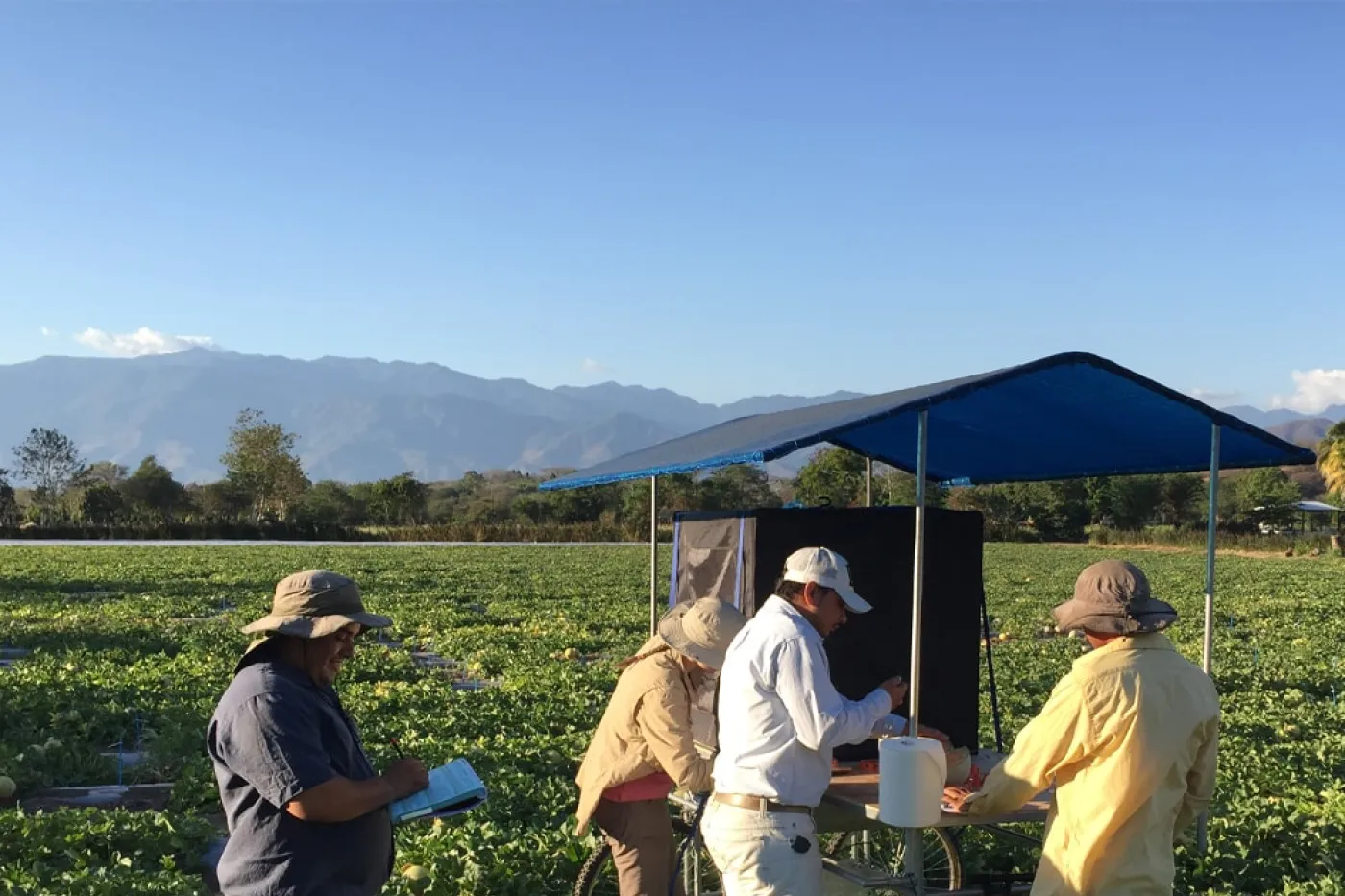
Valuable images
The computer identifies the components in photos of the melon using machine learning techniques. This is followed up by analyses with traditional image analysis algorithms. We use image analyses to assess the melon's rind, the ‘net’. This is based on deep-learning algorithms.
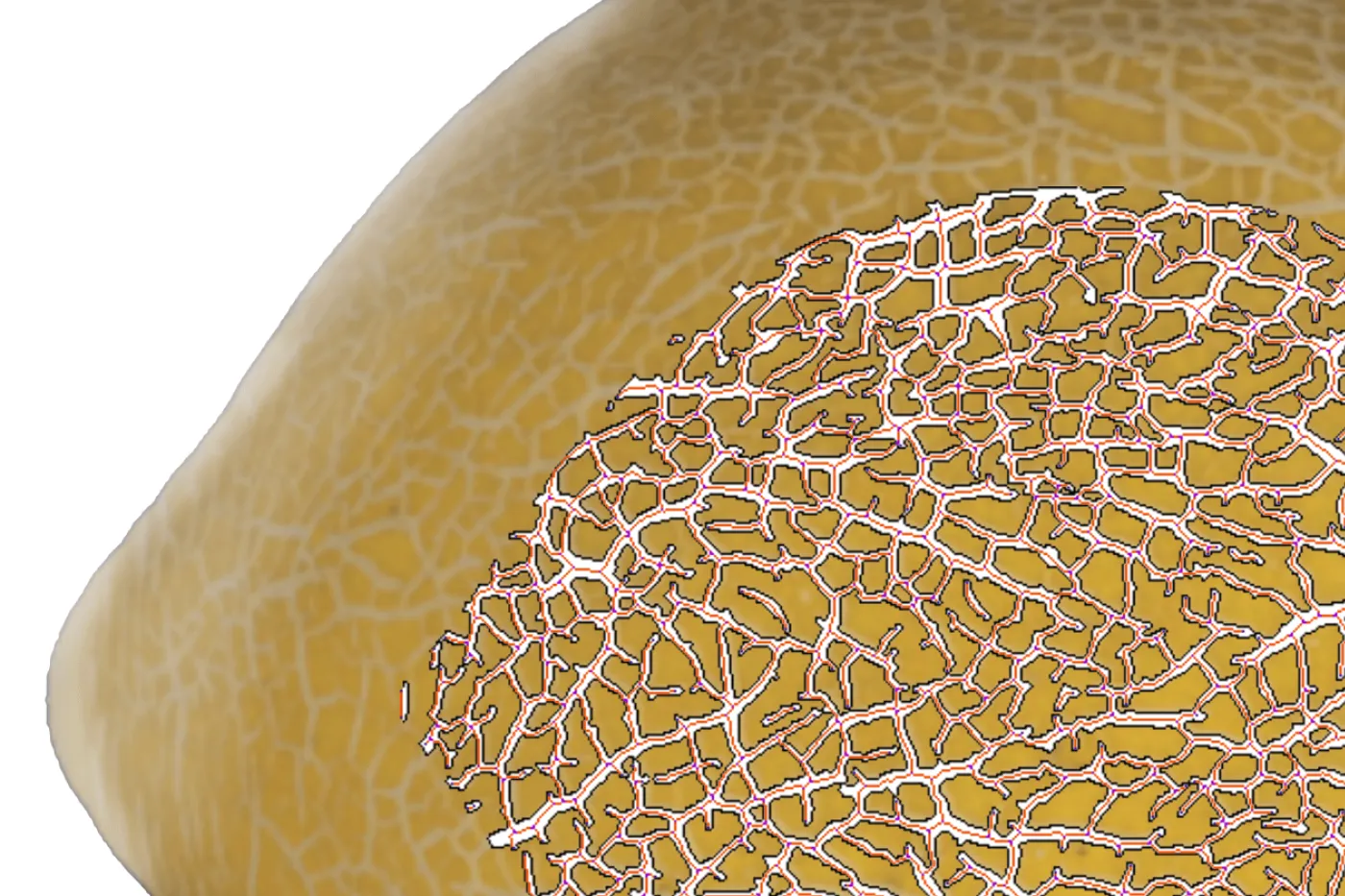

Nathaly – Bioinformatics researcher
“The algorithm we currently use did not just appear. Melon breeders were required to manually assess hundreds of melon photos. The scores were entered into the computer . With statistical analyses, these scores were tested again for quality and reproducibility. Obviously, it is important that the results are consistent. With machine-learning techniques, the computer further improves our algorithm.”
Example in the field
Working smarter but not harder. That was the core purpose for starting digital phenotyping. Melon is grown and bred in many places worldwide, including Guatemala, Brazil, United States and Thailand. As there are many different melons in the test fields, at first sight, they might seem to resemble each other. However, the genetics are all slightly different. With the use of digital phenotyping, we select the best melons.

Antoine – Breeder Melon
“In a melon field, the temperature can rise as high as 45 °C. After a while, it is challenging to stay focussed. Now that photos are taken of the melon, and the computer assesses the photos, I know that the assessment is consistent. I now spend less time in the field and have more time to speak to growers and customers.”
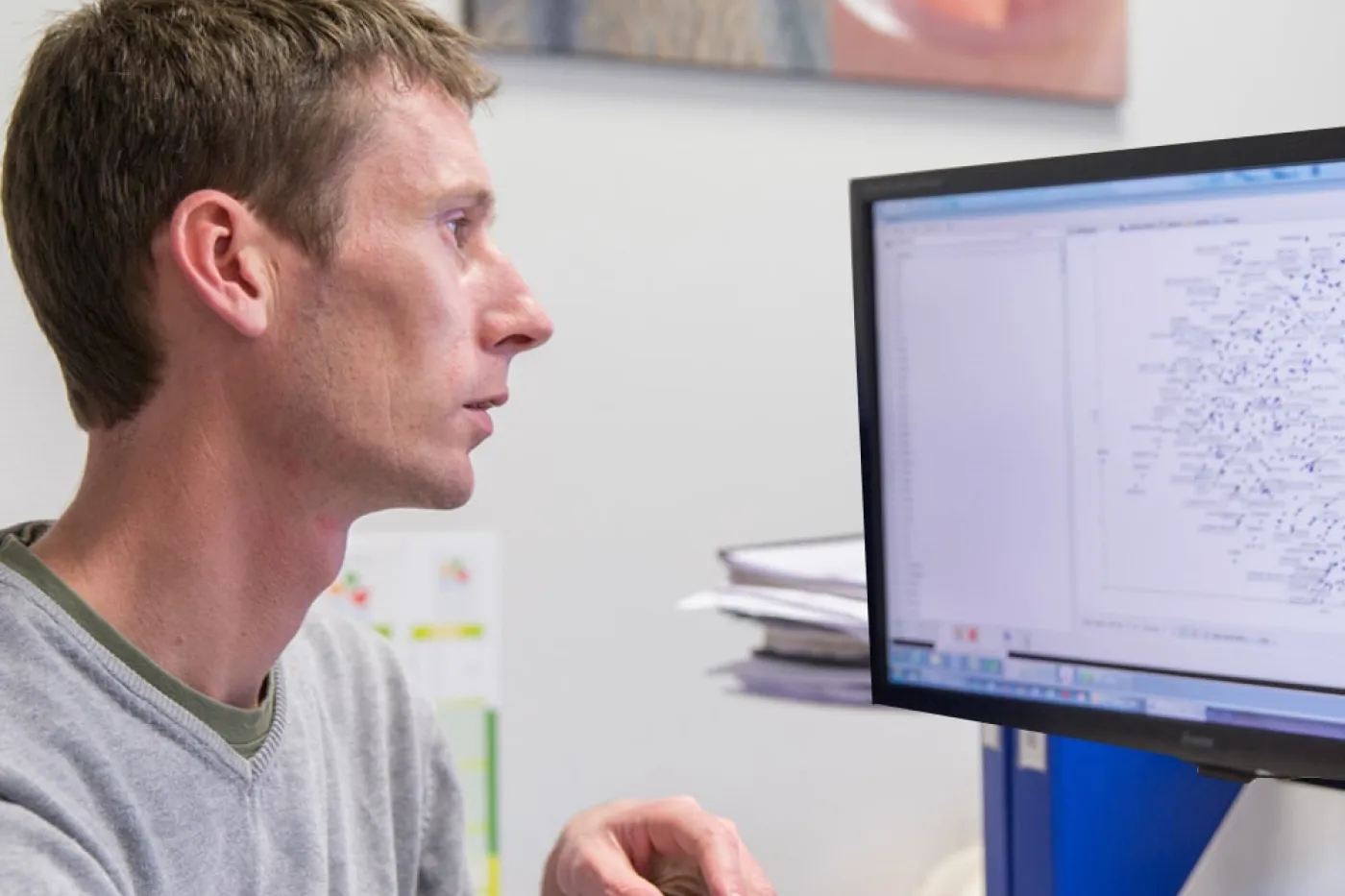
From field to customer
What is an 'ideal' melon? So many traits play a role. For a grower, this might be a resistance or the yield,. For the retailer the shape, rind or sweetness of the melon is important. Peter, Nathaly and Antoine agree, “Technology helps us respond to customer wishes!”


